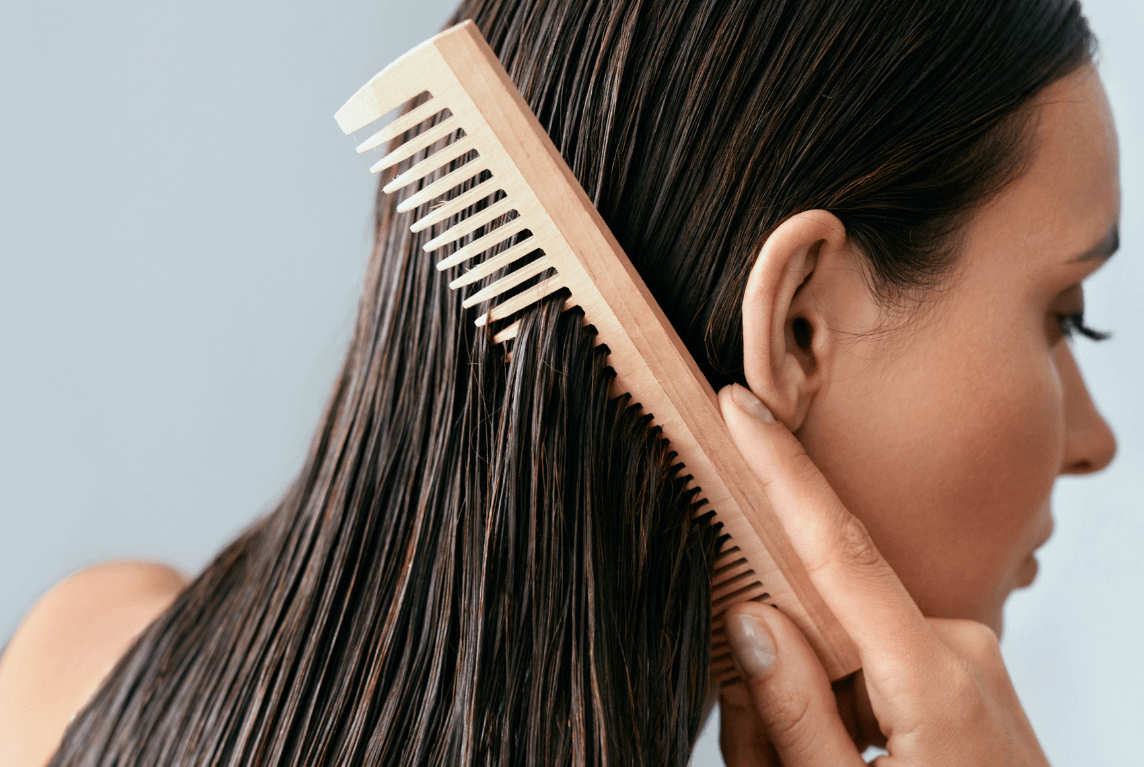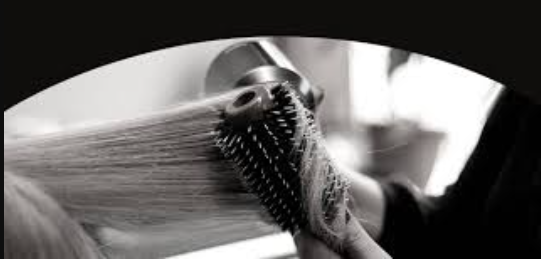Do you have to blow dry extensions?
When it comes to maintaining hair extensions, one common question that arises is whether or not blow-drying is necessary. It’s essential to know how different types of extensions respond to air drying versus blow drying to ensure both the health of your hair and the longevity of your extensions.
Snippet paragraph:
For most types of extensions, air drying can be an option if done correctly. However, some extension types, like tape-ins1 and fusion bonds2, need a blow dryer to maintain their bond integrity.
Transition paragraph:
Let’s explore when and why you should blow-dry your extensions, and whether you can safely air-dry them without causing damage.

Are you supposed to blow dry your extensions?
Leading paragraph:
The need to blow dry extensions depends on the type of extensions you use. Some types require blow drying for the sake of the bond’s security.
Snippet paragraph:
Certain extensions like tape-ins3, micro rings4, and nano rings5 can air dry, but others like fusion bonds2 need heat to stay intact.

Dive-Deeper paragraph:
Blow drying is particularly important for fusion bonds because these extensions rely on a heated bond to stay attached to your natural hair. Without the proper heat, these bonds could weaken, which would lead to premature shedding. On the other hand, tape-in extensions are less dependent on heat because their adhesive bonds hold up well in air drying conditions. However, it’s still a good idea to gently blow dry the roots to avoid tangling.
Another key consideration is how heat affects the extensions’ appearance and texture. Excessive heat can cause extensions to become dry or frizzy, so a blow dryer with a heat setting that’s too high can lead to damage over time. It’s essential to balance heat with care to avoid this.
Why fusion bonds need heat
Fusion bonds are glued to the natural hair using a special keratin adhesive6. The adhesive melts and hardens as it cools, making it secure. However, if you don't blow-dry the bond, it could soften or break down due to humidity or lack of heat.
| Extension Type | Can Air Dry? | Blow Dry Needed? | Notes |
|---|---|---|---|
| Micro Ring Extensions | Yes | No | Low heat is fine if necessary. |
| Nano Ring Extensions | Yes | No | Ensure hair is kept detangled when air drying. |
| Weft Extensions | Yes | No | Gently air dry to avoid tangling. |
| Fusion Bond Extensions | No | Yes | Blow-dry to secure the bonds. |
| Tape-in Extensions | Yes | Optional | Can air dry but blow drying is recommended to avoid tangling. |
Can I leave extensions to dry naturally?
Leading paragraph:
Air drying extensions is possible for most types, but it’s essential to know the proper care techniques to prevent tangling.
Snippet paragraph:
You can air dry extensions, but it’s crucial to prevent tangling, especially with weft and micro ring extensions, which can easily knot when left untreated.

Dive-Deeper paragraph:
While air drying may seem like the easier option, it requires some care to prevent issues like tangling, which is common with weft extensions. Weft extensions, in particular, may gather moisture in the weft area, causing them to become heavier and prone to knotting. Using a wide-tooth comb to gently detangle while they’re still damp is essential. Also, avoid twisting the extensions to prevent excessive friction.
Extensions such as micro rings4 and nano rings5 can be air dried as well, though you should ensure they are spread out in a single layer to allow for even drying. A good tip is to use a towel to gently blot the extensions before letting them air dry. This minimizes excess moisture and prevents the hair from becoming too heavy, which can strain the bond.
Steps for Air Drying Extensions
- Gently towel-dry extensions after washing to remove excess water.
- Detangle with a wide-tooth comb.
- Lay the extensions flat on a towel or hang them up.
- Leave in a well-ventilated area away from direct sunlight to prevent heat damage.
Why do hair extensions need to be dried?
Leading paragraph:
Hair extensions need to be dried to maintain their natural texture and prevent damage such as tangling and matting.
Snippet paragraph:
Proper drying techniques are crucial to ensure the texture and integrity of hair extensions are maintained, preventing long-term damage or wear.

Dive-Deeper paragraph:
The main reason extensions need to be dried is to maintain their smooth, silky texture. When hair extensions are left wet for too long, they become more prone to tangling, which can lead to breakage. Additionally, if not dried properly, moisture can build up around the bonds of fusion or tape-in extensions, weakening the adhesive and causing them to slip out.
Another important factor is that wet hair extensions are heavy, and this additional weight can stress the bond, causing the extensions to shed prematurely. For these reasons, whether you’re air drying or blow drying, it’s essential to dry them properly to ensure the longevity of the extensions and the security of the bond.
Can you air dry extensions without heat?
Leading paragraph:
Yes, you can air dry extensions without heat, but it’s crucial to follow the right technique to avoid tangling or damage.
Snippet paragraph:
Air drying extensions is safe when done correctly, but it’s important to avoid twisting or bunching the extensions, which can cause knots.

Dive-Deeper paragraph:
Air drying extensions without using heat can be a safe and effective method, especially for weft and tape-in extensions. However, it requires more attention to detail. The key is to avoid overcrowding the extensions, which can lead to tangling. Instead, you should spread them out flat on a towel, or hang them up individually, ensuring each strand has enough space to dry naturally.
Even if you opt for air drying, it’s a good idea to start with the right technique while washing and combing through the extensions. Using a leave-in conditioner or detangler spray can also help keep the strands smooth and less prone to tangling.
Air Drying Tips for Extensions
- Comb through damp extensions with a wide-tooth comb.
- Use a detangler spray to reduce tangling.
- Avoid leaving extensions in direct sunlight for extended periods.
Conclusion
In conclusion, the decision to blow dry or air dry your extensions largely depends on the type of extensions you have. Fusion bonds require heat, while others like tape-ins, wefts, and micro rings can safely air dry with proper care.
-
Learn about the adhesive-based tape-in extensions and their maintenance needs. ↩
-
Understand why fusion bond extensions need heat and how to care for them. ↩ ↩
-
Explore how tape-in extensions can air dry without affecting bond strength. ↩
-
Discover how micro rings hold extensions and their drying requirements. ↩ ↩
-
Find out how nano ring extensions differ from other types and their drying tips. ↩ ↩
-
Learn about the role of keratin adhesive in fusion bonds and their bonding process. ↩



